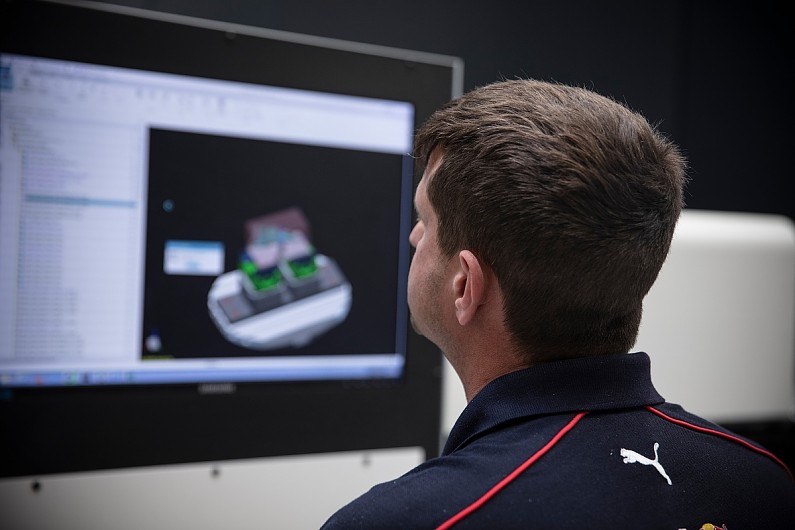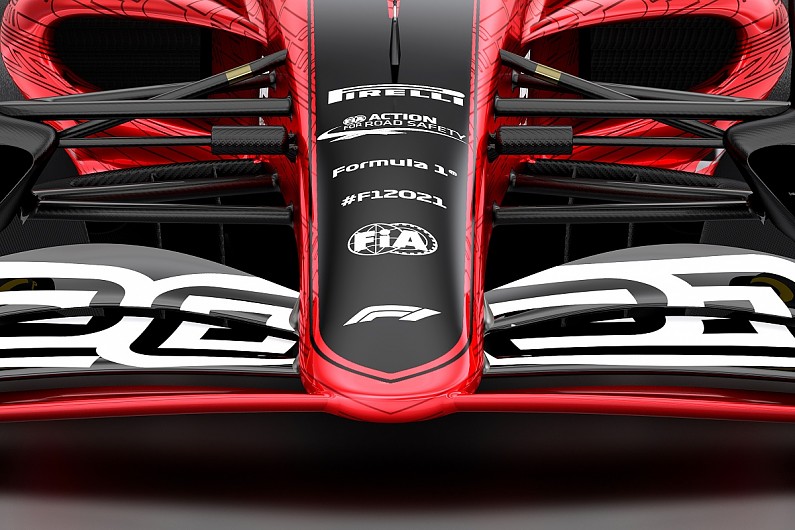In 2022, Formula 1 is due to receive an extensive overhaul to its technical regulations – having been delayed from their initial launch in 2021.
F1’s hopes are that the new formula will bring more exciting racing both in the immediate and in the distant future, and the cars will look very different to those seen in recent seasons.
As part of a huge push to increase the number of exciting races, the aero formula has undergone plenty of development, but there’s plenty more changes under the skin.
Here’s the key things you need to know about the planned 2022 regulations.
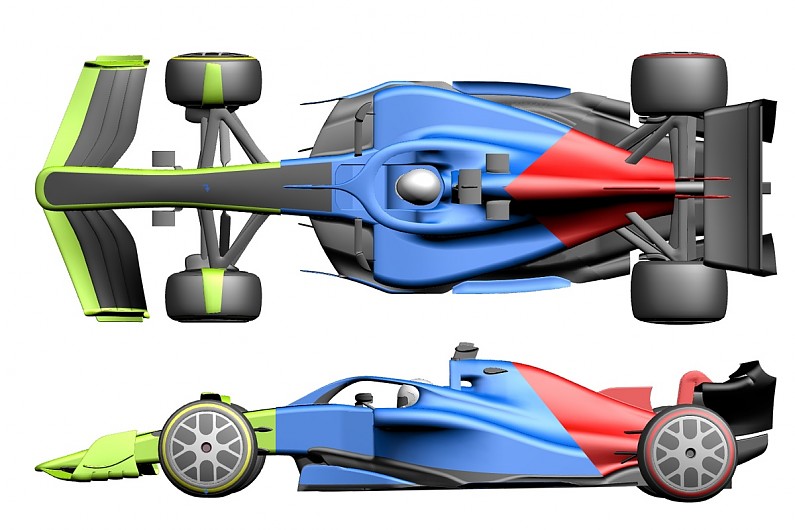
What are the biggest changes for F1 for 2022?
The largest difference to the 2022 F1 aerodynamics package is the return to a ground-effect formula. Ground-effect underbody tunnels have not been permitted in Formula 1 since 1982, but the calls for their reintroduction have become rather loud in recent years.
F1 has sought to reduce the current reliance on wings for downforce, which have been blamed for the “dirty air” that makes close-quarters racing difficult in modern racing, which made the idea of a return to ground effects more attractive to the rulemakers.
By creating a very pronounced entry at the front of the floor, the air moves through two Venturi tunnels. As the air flows under the car, it’s squeezed through the point closest to the ground, developing an extreme low-pressure area, creating a large amount of suction underneath. This means the floor is relied on more for downforce, and reduces the wake produced by various bodywork components.
Unlike the old-school ground effects, the car won’t have sliding skirts, and instead has a range of fins underneath to minimise any disturbance. To make sure each team uses the floor as it should, a standard tea-tray will be developed to attach to the front of the floor.
The tyres will also change, as F1 moves to an 18-inch rim for 2022.
What are the other main F1 technical changes?
There’s a lot of change to the amount of bodywork for the next breed of F1 cars. In 2022, the massively complex bargeboards will be completely removed. In their place comes a new breed of “wheel bodywork”, which intends to minimise the effects of the wake produced by the wheels as they rotate. Wheel covers return, and the front wheels now have a deflector over the top to assist with this.
The front wing has been redefined, and can now be made up of a maximum of four elements overall. Most crucially, the endplates now look very different, and are produced with a smooth blend from the front wing elements to a single-piece endplate, upturned like an aeroplane’s wing. The nose also attaches directly to the wing, much like it used to before the middle of the 1990s.
PLUS: Things you might’ve missed in F1’s [now delayed] 2021 rules
The rear wing has been redesigned too, and can almost be described as endplate-less. Instead, it loops around into a beam-wing mounting, aiming to slash the strength of the vortices produced at the rear of the car – which is blamed for cars being unable to follow each other.
For the time being, DRS remains, but this can be revisited if the new cars produce the desired on-track product.
Numbers look good so far, and F1 and the FIA have noticed that, when one car length behind another competitor, the following car now has around 86% of its usual downforce, compared to the 55% it currently experiences.
To help limit the R&D costs, gearboxes will be frozen from 2022 to the end of 2025. In that time, there can only be one upgrade to the gearbox specification.
Suspension regulations now only permit springs and dampers, meaning that using solely torsion bars will no longer be allowed. The heave springs, or inerters, will also be banned to simplify the suspension systems. Suspension uprights must now be solely included within the wheel assembly, meaning no external mounting points may be permitted.
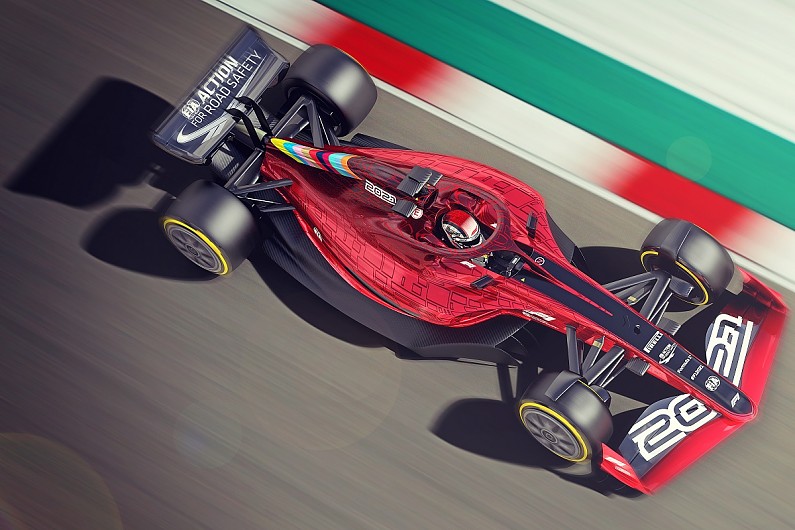
Will there be any changes to the power units?
In reality, the current turbo-hybrid formula wasn’t going to change much for 2022, and although there were discussions to remove the MGU-H, it was decided that they would remain on the car.
But to reduce the costs, the power units were allowed to be a bit heavier, and now must be made of commercially-available materials – so no exotic or exclusive materials are allowed. Commercial availability also extends to battery and turbo suppliers, where no exclusivity deals are allowed.
Customers now must have the option of equal-spec equipment, and this includes software and fuels. Teams may opt out of this if they have commercial agreements or preferences in place, but manufacturers must at least offer up their engine maps and fuels.
Fuel pumps will also be standardised, meaning that any fuel trickery can be monitored more easily. That also includes a number of ancillary components such as pipes. Fuel for 2022 must include 10% sustainably sourced ethanol, up from 5.75%, and is set to rise in future seasons.
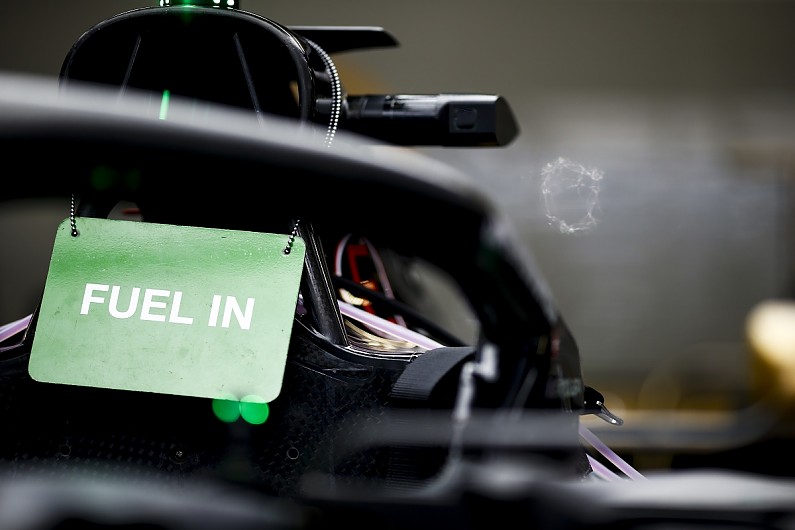
Which parts are standardised in 2022?
Because the new rules are somewhat prescriptive to produce the desired on-track product, new classifications have been devised for each part.
Listed parts include parts a team must design itself, for example most of the aero parts. Standard parts are parts everyone must use, which now includes wheel rims and pitstop equipment.
Transferable parts are parts that may be bought and sold between teams, for example gearboxes and clutch mechanisms. This means teams like Haas can continue to buy a range of parts from Ferrari as it currently does, and AlphaTauri can use Red Bull’s transferable parts.
There are also two new classifications: prescribed parts and open-source parts.
Prescribed parts are parts everyone must design to the letter. These include parts of the wheel aerodynamics, wheel hubs, and the front floor tea-tray. Open-source parts are parts that may be designed by a collective, and can be made available for all. That includes the DRS mechanism, brakes and steering wheels.
Some parts may change in classification – for example, steering wheels are set to become standard components from 2023, while the standardised tyre blankets will be banned from 2024 onwards.
The prescribed nature of the wheel hubs do not extend to the brake ducts, which remain as a listed part, but the design is a lot more tightly regulated. This should ensure F1 teams do not go through a repeat of the Racing Point brake duct saga during the opening part of the 2020 season.
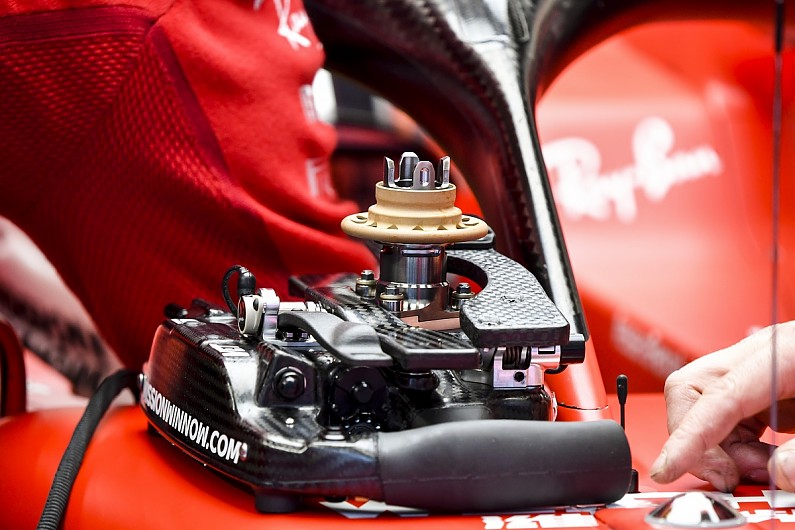
What are the new safety features?
A current problem of F1 is amount of on-track debris, which can often interrupt races or cause damage if it is not disposed of swiftly.
One of the key new safety features for 2022 is that select parts will be covered in a rubber membrane to stop them shattering so easily. This means that on-track debris should be reduced, while the intention is to also stop front wings from detaching from cars. Some of the components at the rear of the car will also be tethered to keep them attached in the event of an accident.
The nose will be longer to improve the energy absorption, while the side impact structures will also be strengthened, and cockpits will be made larger to help taller drivers. The caveat of this is that weight will increase from the current mass of 752kg to 775kg.
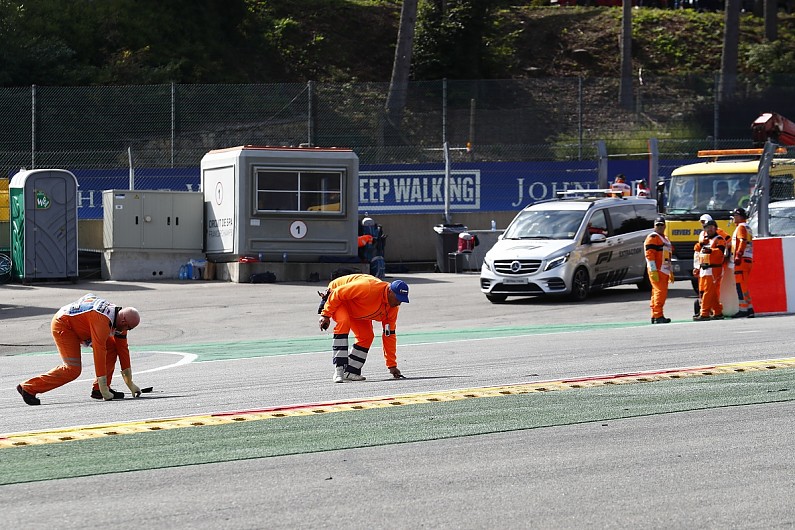
What are the new scrutineering changes?
Each team will have to submit its CAD developments of their cars, and the FIA can monitor whether it fits within the defined reference spaces or reference volumes.
During scrutineering, the cars can be scanned and measured against the CAD files, meaning that any rules transgressions can be immediately detected. At a glance, it should be easy to determine whether a car is legal or not.
